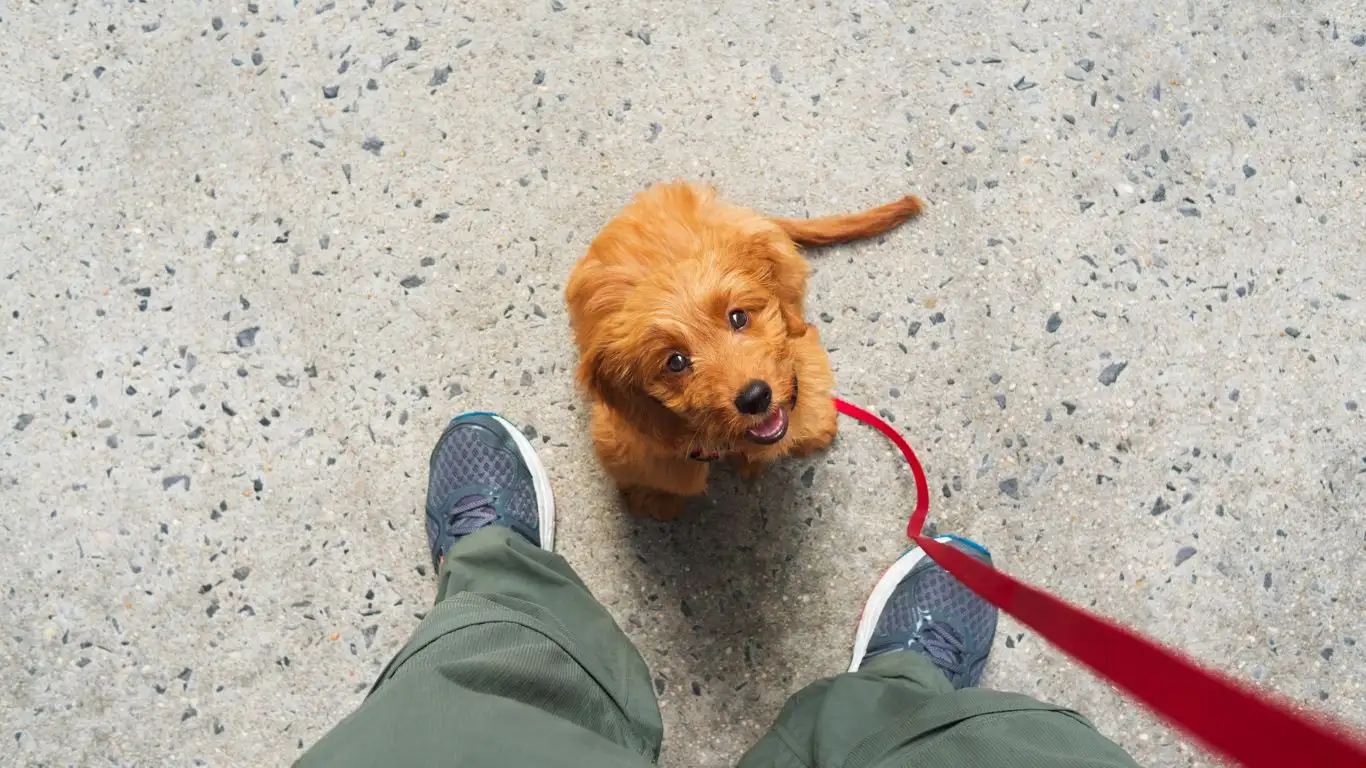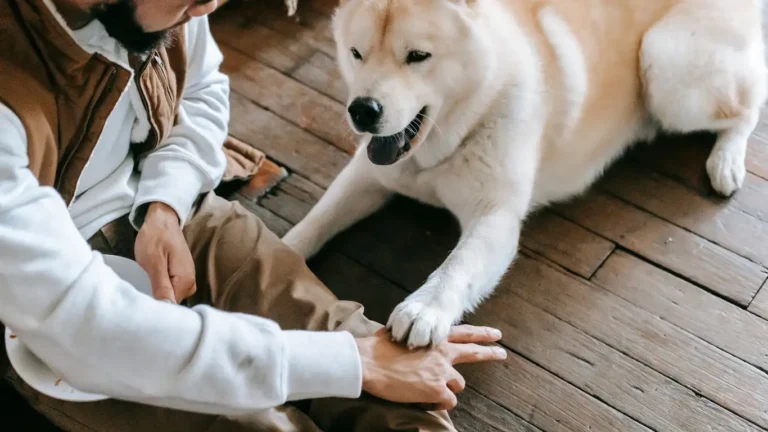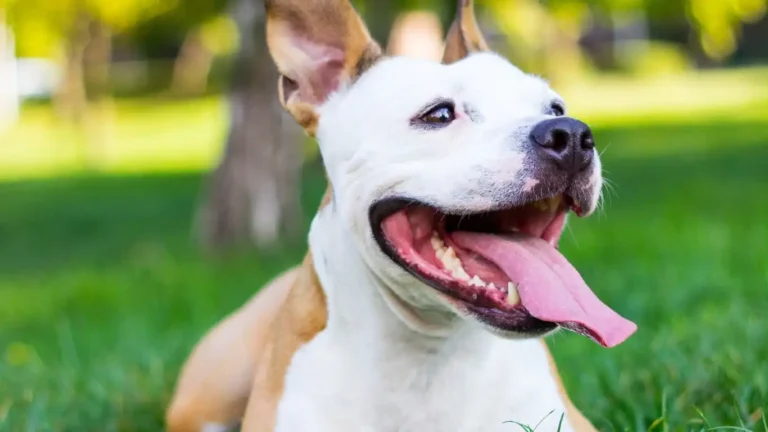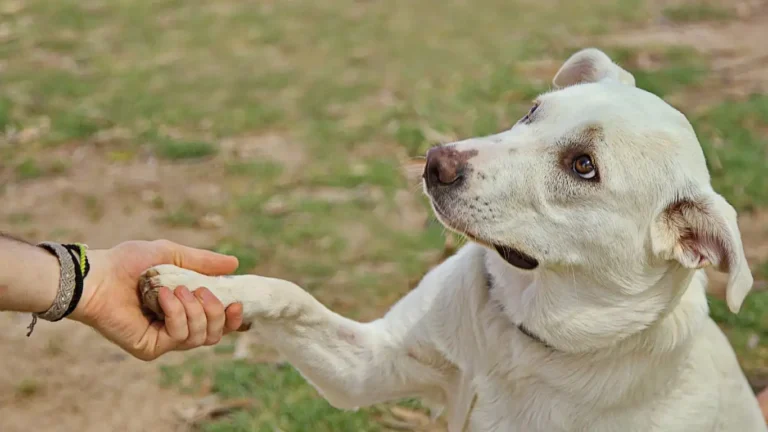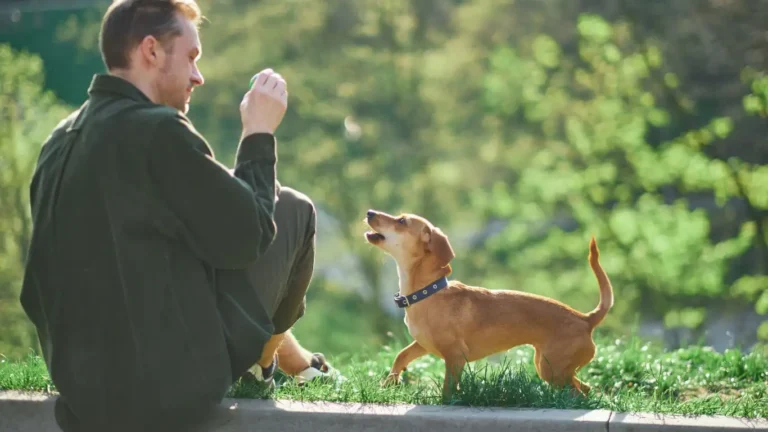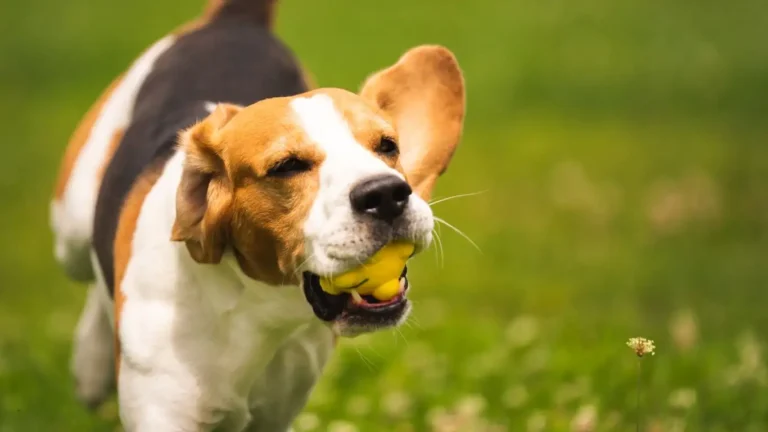Stop Your Dog from Chasing Squirrels – Proven Training Methods!
Dogs love a good chase—it’s in their DNA. But when your pup fixates on squirrels, suddenly, your peaceful walk turns into a high-speed pursuit through the park. If you’re wondering how to train a dog to stop chasing squirrels, you’re not alone. As a professional dog trainer, I’ve seen firsthand how this instinctual behavior can make even the best-behaved dogs ignore commands. The good news? With the right techniques, patience, and a little creativity, you can teach your furry friend to resist the chase.
Understanding Why Dogs Chase Squirrels
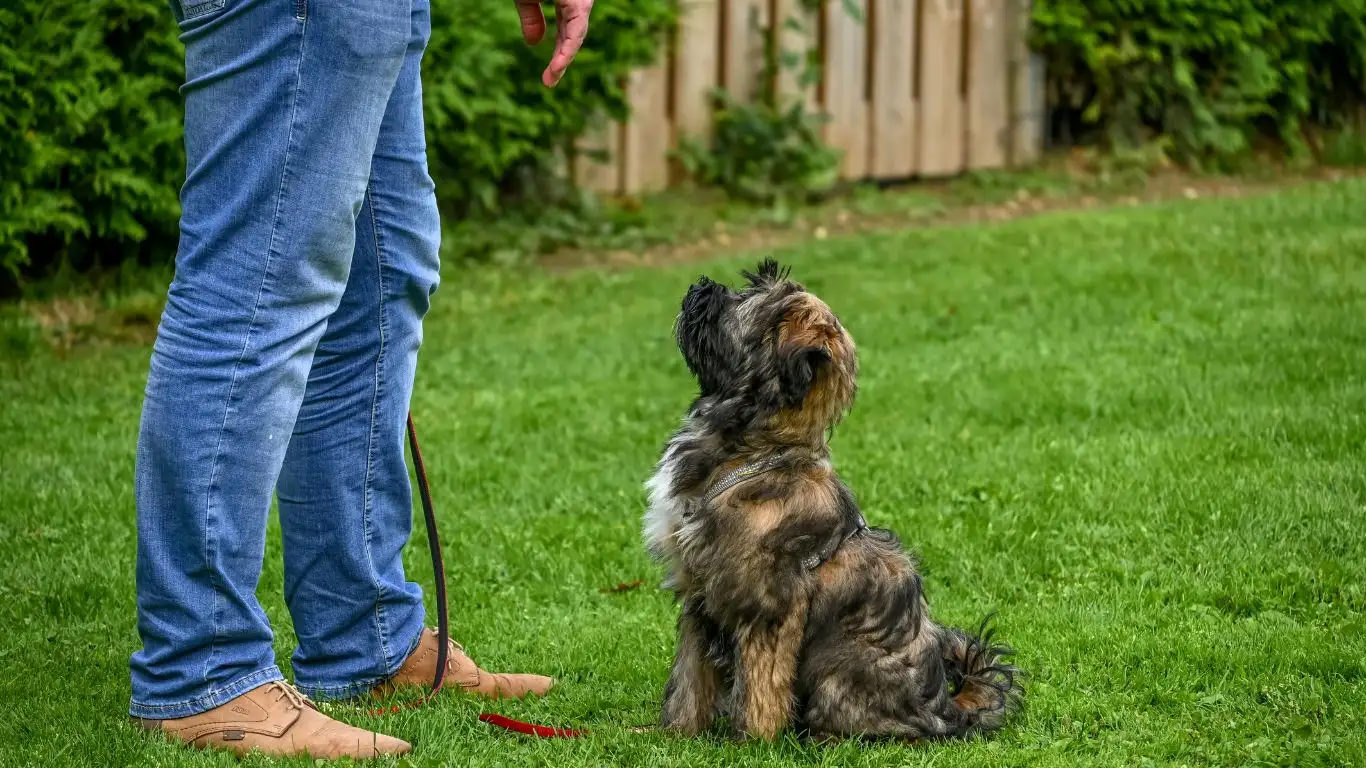
Before we dive into training strategies, it’s essential to understand why dogs are so obsessed with squirrels. It all comes down to their natural prey drive.
It’s All About Instinct
Even the most pampered house dogs still have deeply ingrained instincts. For many breeds—especially retrievers, terriers, and herding dogs—chasing small, fast-moving animals like squirrels is second nature. It’s not about aggression; it’s just fun! But for dog owners, it can be stressful, especially near roads or in off-leash areas.
The Thrill of the Chase
Chasing squirrels isn’t just instinctual—it’s exciting. The movement triggers your dog’s brain to react instantly, often before they even process your recall command. It’s a hardwired response, which means we need to work on replacing that instinct with something equally rewarding.
Setting the Foundation for Training
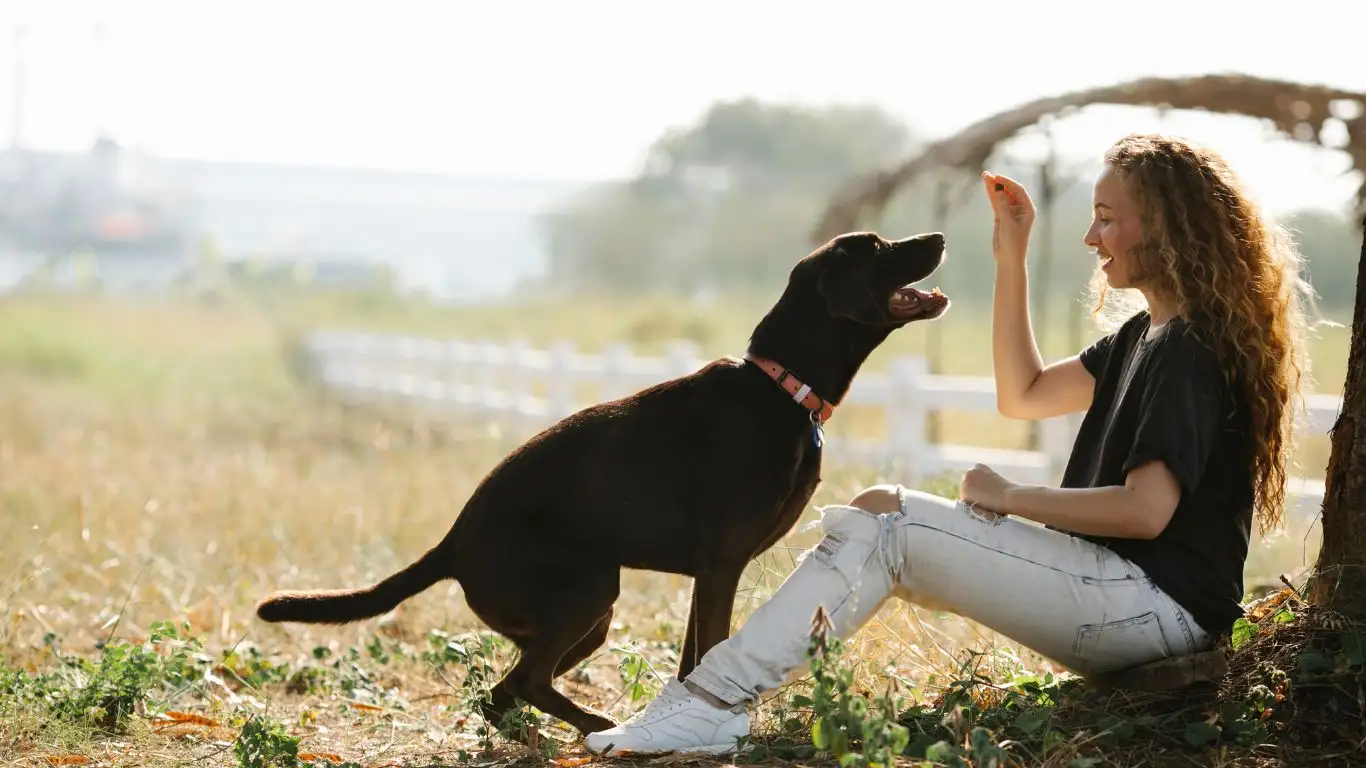
Before tackling squirrel-chasing head-on, we need to lay a solid training foundation. Here’s where to start:
Mastering Basic Commands
Before expecting your dog to resist the temptation of a darting squirrel, they need to have a rock-solid foundation in basic commands. Focus on:
- Recall (“Come!”) – Your dog should come to you immediately, no matter the distraction.
- Leave It – This teaches impulse control and is a game-changer for stopping the chase.
- Stay – A strong “stay” can prevent your dog from even starting the chase.
Using Positive Reinforcement
Dogs learn best when they’re rewarded for good behavior. Instead of punishing your pup for chasing squirrels, focus on reinforcing what you want them to do instead.
- Use high-value treats (think cheese or freeze-dried liver) to reward them for listening.
- Make training sessions short, fun, and consistent.
- Practice commands in low-distraction environments before gradually introducing challenges.
Introducing Distraction Training
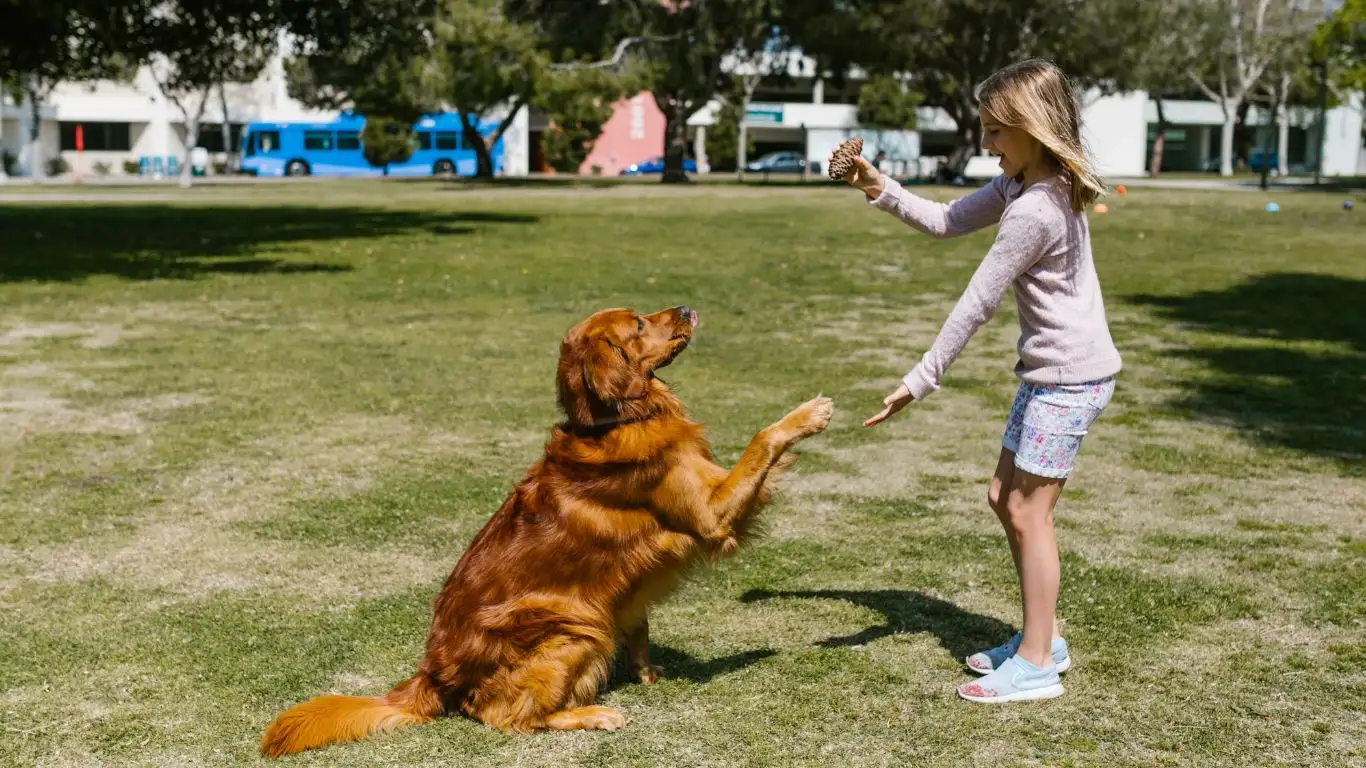
Once your dog is responding well to basic commands, it’s time to introduce controlled distractions. Squirrels are unpredictable, but we can simulate distractions to prepare your pup.
Start Small
Begin training in a quiet area where your dog won’t be overwhelmed. Gradually introduce distractions, like tossing a toy across their path while reinforcing “leave it.” If they ignore the toy, reward them big time!
Leash Training for Control
Leash training is critical when dealing with squirrel-chasing. Using a standard leash or a long-line leash can help reinforce training while keeping your dog safe.
- Practice walking calmly past areas where squirrels are often seen.
- Use treats and verbal praise when your dog maintains focus on you.
- Increase difficulty by exposing them to real-life distractions in a controlled setting.
Teaching an Alternative Behavior
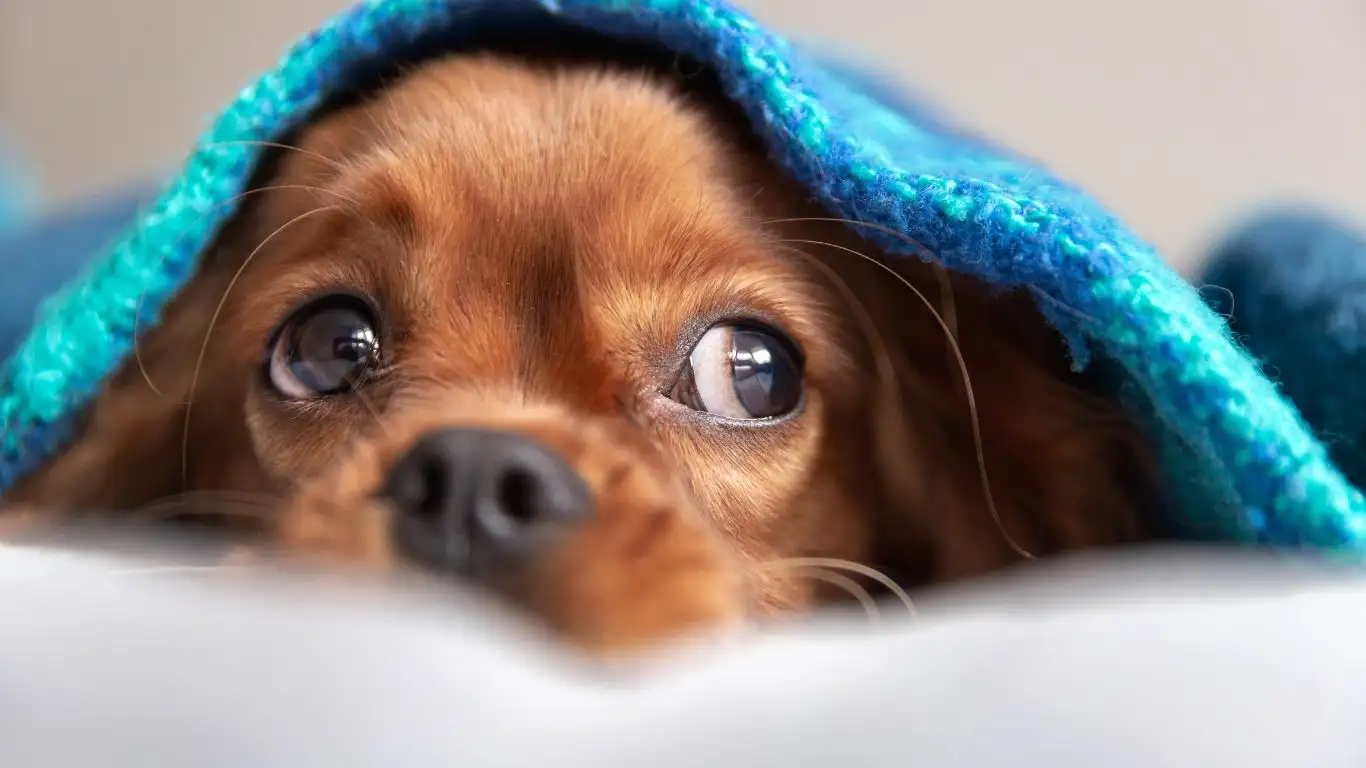
One of the best ways to stop a dog from chasing squirrels is to replace that behavior with something else—something equally fun but more controlled. In my experience, redirection is a game-changer. Instead of just saying “No!” (which often doesn’t work in the heat of the moment), I train dogs to do something incompatible with chasing, like focusing on me or playing a different game.
The Power of a Strong “Look” Command
If your dog is locked onto a squirrel, getting their attention back on you is crucial. That’s where the “Look” command comes in. It’s simple, but it takes practice.
- Start in a quiet space and hold a treat near your eyes.
- Say “Look” in an upbeat tone.
- As soon as your dog makes eye contact, reward them.
- Gradually increase distractions, rewarding them for choosing to focus on you instead of what’s around them.
Over time, this becomes an automatic response. The moment they see a squirrel, they’ll turn to you instead of bolting.
Using Toys as an Outlet
For high-energy dogs, sometimes they just need to chase something. Instead of letting them dash after a squirrel, give them an appropriate outlet. A flirt pole—a long pole with a dangling toy at the end—works wonders. It lets them satisfy their chase instinct in a way that’s safe and controlled.
Practicing in Real-World Scenarios
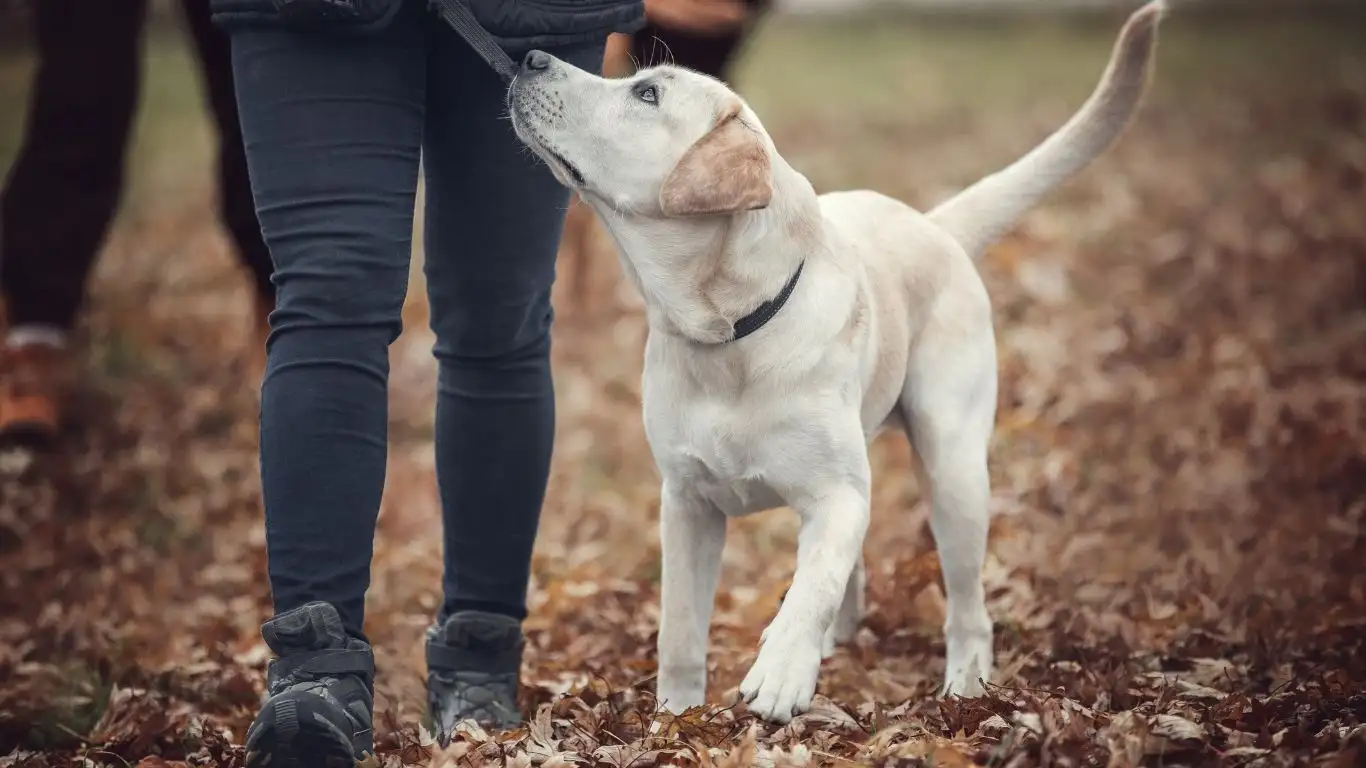
Training in your backyard is one thing, but applying it in the real world? That’s where the real test happens. The goal is to teach your dog that squirrels aren’t a free-for-all chase game, no matter where you are.
Controlled Exposure to Squirrels
One of my go-to training exercises is called “Squirrel Watch”. It helps desensitize dogs to the sight of a squirrel without triggering a chase response.
- Take your dog to a park where squirrels are present but at a manageable distance.
- Keep them on a leash and reward them for staying calm and focused on you.
- If they lunge or get fixated, create distance and re-engage them with treats and praise.
- Gradually work closer over multiple sessions, always rewarding calm behavior.
This method builds impulse control and helps your dog learn that squirrels don’t equal chaos.
Adding a Cue to Stop the Chase
Even with all the training in place, there may be a moment when your dog starts to chase. That’s why I always teach an emergency stop cue. My favorite? “Freeze” or “Stop”.
- Start by practicing in a quiet area. Say “Stop” and immediately reward your dog for pausing.
- Once they associate the word with stopping movement, add distance.
- Eventually, practice with distractions (like rolling a ball) and reward them for stopping mid-motion.
This command has saved many owners from watching their dog disappear into the woods after a squirrel!
Consistency and Patience: The Key to Success
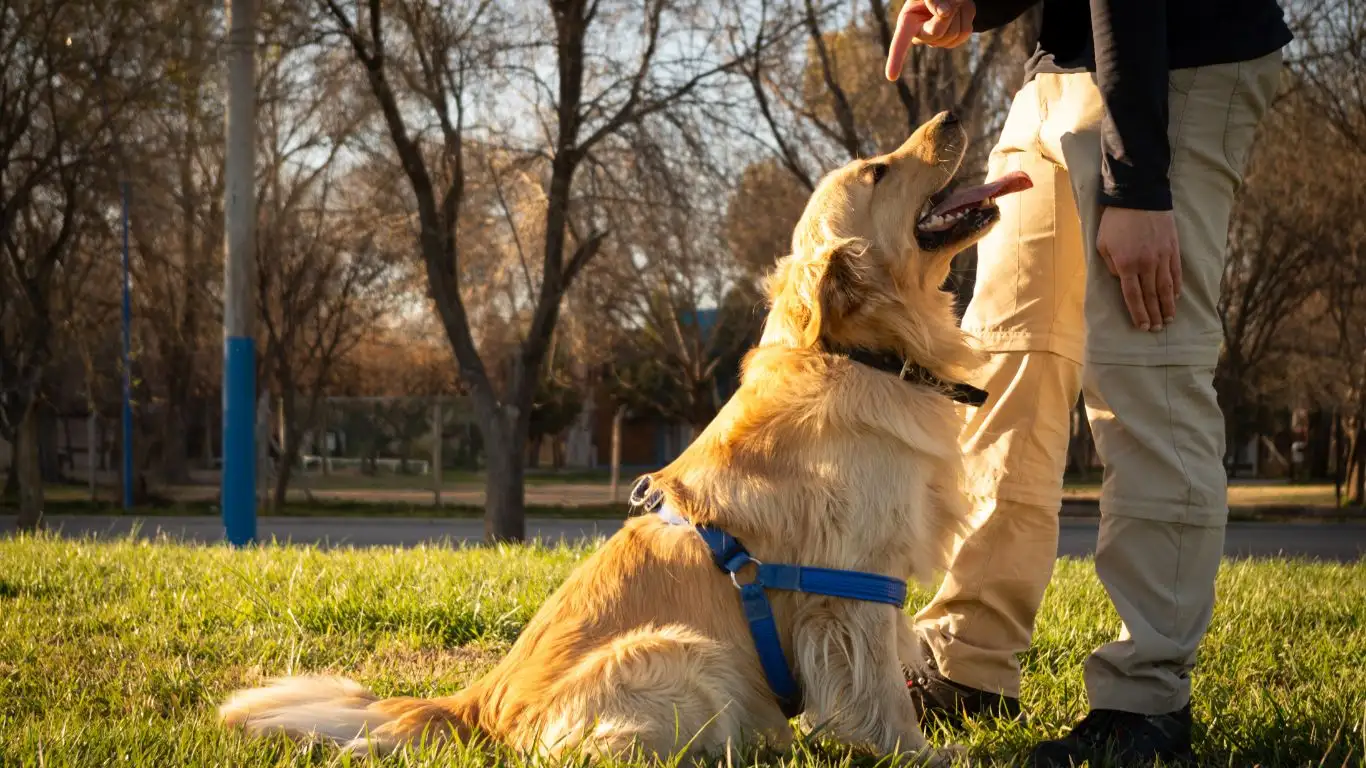
Training a dog to stop chasing squirrels isn’t an overnight fix—it’s a process. Every dog learns at their own pace, and there will be setbacks. What matters most is consistency. I always tell my clients: celebrate the small wins. If your dog ignores a squirrel once, that’s a huge deal!
How to Maintain Progress
Once your dog starts improving, don’t stop reinforcing their good behavior. Here’s how to maintain it:
- Keep practicing recall and impulse control exercises regularly.
- Occasionally take them to areas with squirrels and reward calm responses.
- Switch up rewards to keep things exciting—sometimes treats, sometimes a fun toy.
Training isn’t just about stopping bad behaviors; it’s about building trust and a stronger bond between you and your dog. And honestly? Seeing them resist that squirrel chase for the first time is one of the most rewarding moments ever.
Reinforcing Good Behavior in Everyday Life
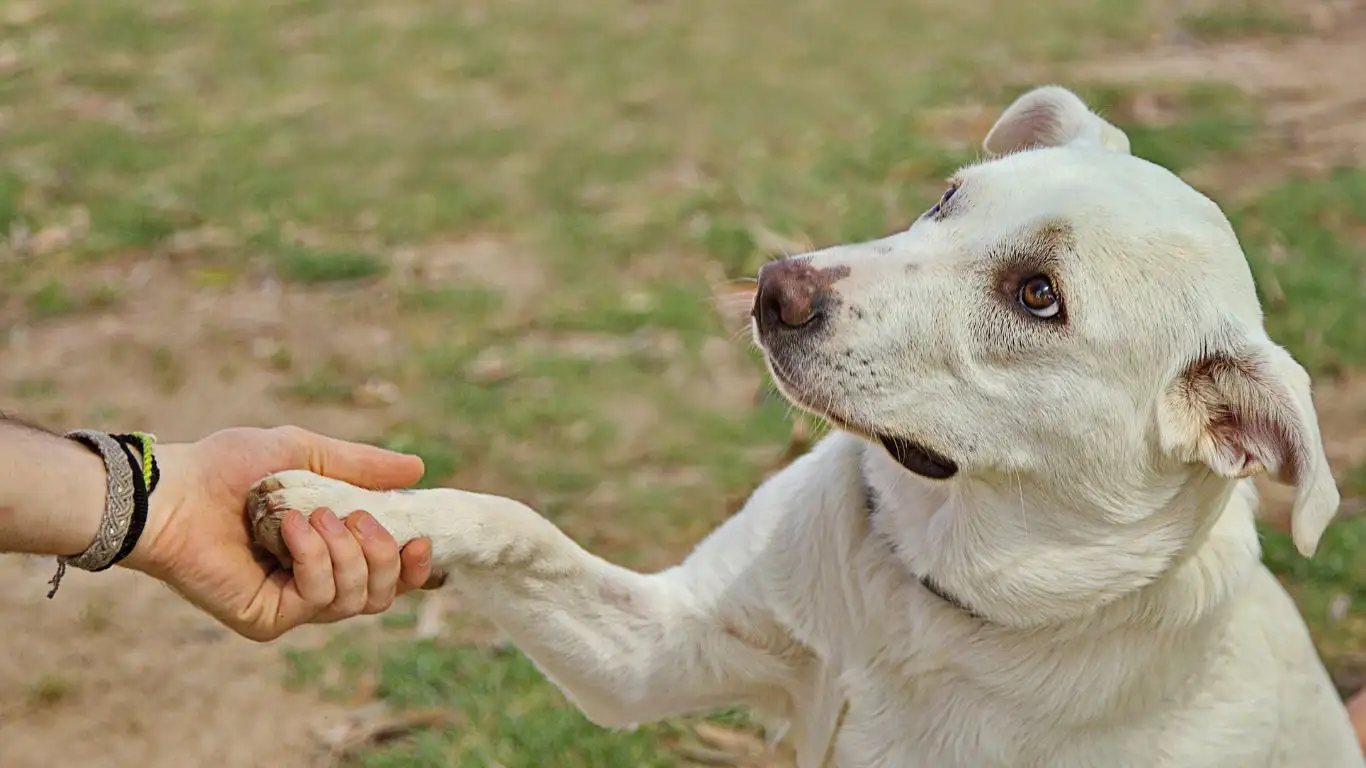
By now, your dog is making huge strides in learning to ignore squirrels—but the training doesn’t stop here. Just like with any good habit, consistency is key. You want to make sure your dog doesn’t slip back into old patterns when you least expect it.
Making Training a Lifestyle
One thing I always tell my clients is that training shouldn’t feel like a chore—it should blend into your daily routine. Some easy ways to reinforce your dog’s progress include:
- Turning walks into mini-training sessions by practicing recall and “leave it.”
- Rewarding calm behavior whenever squirrels are around, even when you’re not actively training.
- Using mealtime as an opportunity for impulse control games, like waiting patiently for their food.
The more you integrate these exercises into everyday life, the more natural they become for your pup.
Recognizing and Preventing Setbacks
Let’s be real—no training journey is perfect. There will be times when your dog regresses, and that’s okay! Maybe they’ve been doing great for weeks, and then suddenly, a squirrel zips past, and boom—they’re off.
When this happens, don’t panic or scold your dog. Instead:
- Assess the situation: Was your dog overwhelmed by too many distractions?
- Go back a step in training: Reinforce the basics in a controlled setting.
- Be patient: Progress isn’t linear, and setbacks are just learning opportunities.
Additional Tools to Help Your Dog Stay Focused
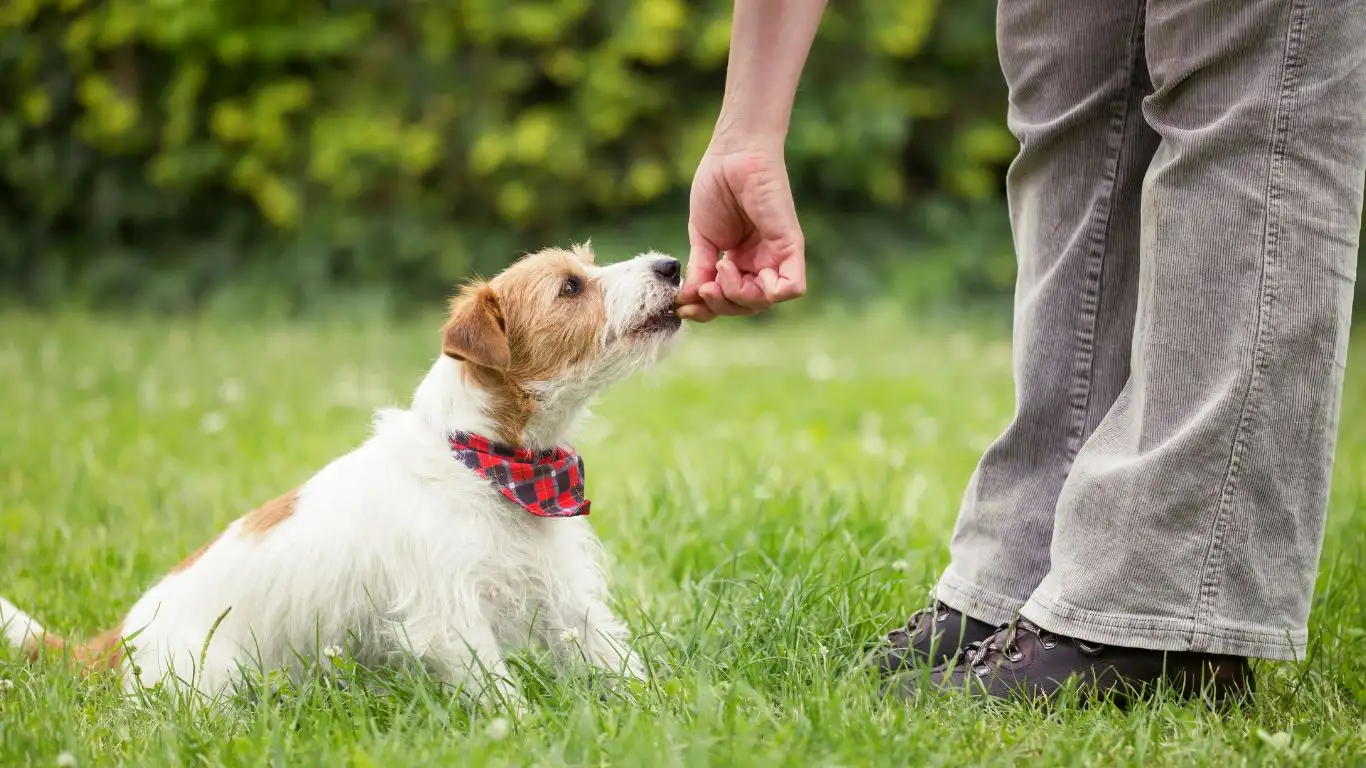
Sometimes, training alone isn’t enough, and that’s where the right tools can be game-changers. Here are some training aids I’ve found incredibly useful:
Using a Long-Line Leash
A long-line leash (around 15-30 feet) is perfect for practicing recall in an open space while still maintaining control. It gives your dog freedom to move but allows you to intervene if they get too fixated on a squirrel.
Clicker Training for Precision
If you haven’t tried clicker training yet, now’s the time! A clicker makes it easier to mark the exact moment your dog makes the right choice—whether it’s ignoring a squirrel or looking at you instead of lunging.
Harnesses for Better Control
If your dog tends to pull when they see squirrels, switching to a no-pull harness can make a huge difference. It gives you better control without putting pressure on their neck, which can make them more reactive.
When to Seek Professional Help
Sometimes, no matter how much effort you put in, your dog may still struggle with impulse control. If you’re dealing with extreme prey drive, frustration-based reactivity, or a dog that simply won’t respond, don’t hesitate to seek help from a professional.
A certified dog trainer (like me!) can help you fine-tune your approach and develop a custom plan based on your dog’s unique needs.
Final Thoughts
Training a dog to stop chasing squirrels takes time, patience, and a little creativity. But trust me—it’s worth it. Watching your dog walk calmly past a squirrel instead of taking off like a rocket is an amazing feeling. More importantly, it strengthens the bond between you and your pup, building trust and communication that extends beyond just this one issue.
Stick with it, celebrate small victories, and remember: every dog can learn with the right approach. Happy training!
Disclaimer
This article is for informational purposes only and does not replace professional training advice. If your dog has severe reactivity or prey drive issues, consult a certified dog trainer or behaviorist for personalized guidance.
